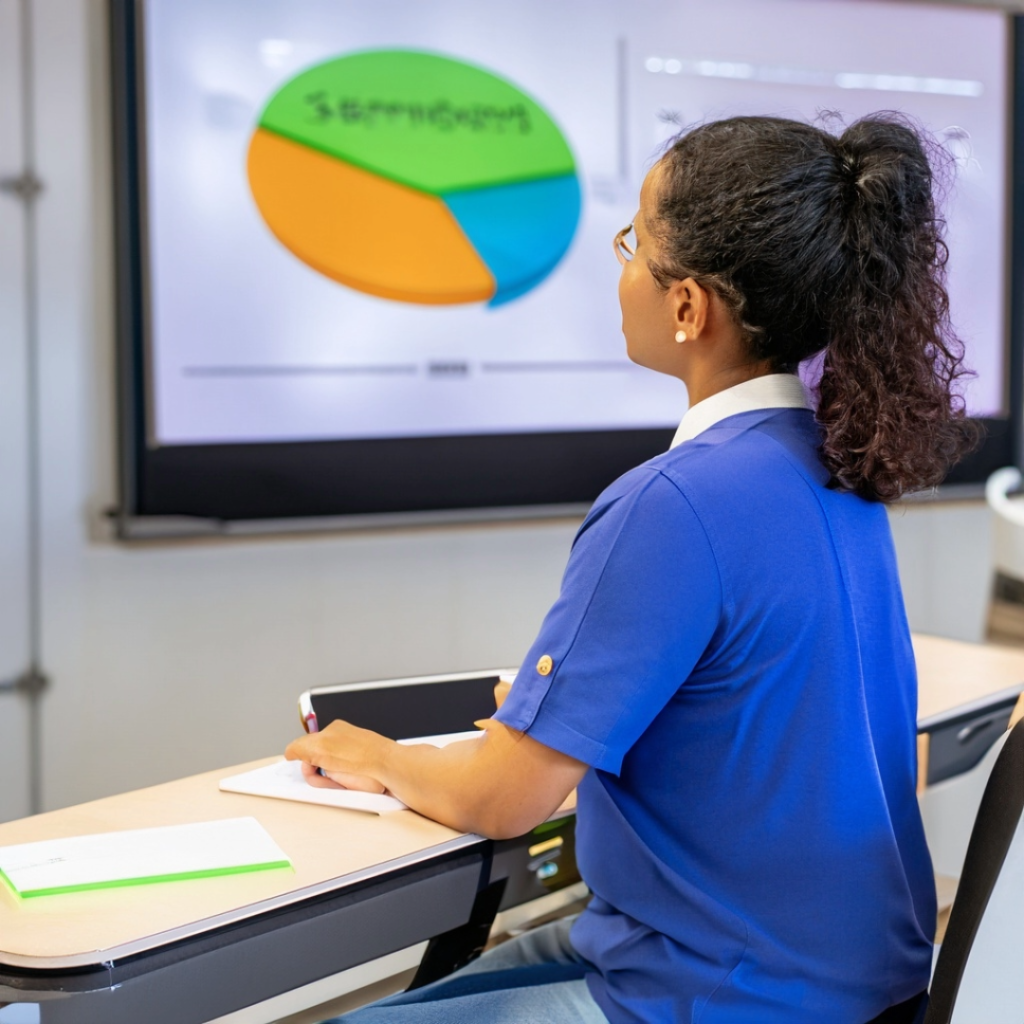I love planning training courses for job skills because it tests a lot of your creativity as an instructional designer. The challenge is even greater when you consider that your training will be delivered through an eLearning mode. Especially when you need to choose instructional methods and learning styles that can work for the subject and the style of the trainer. You need to consider the trainees as well, I almost forgot about that.
Table of Contents
- Learning Styles and Their Relation to Instructional Methods
- Some Instructional Methods for Different Learning Styles
- Final Thoughts
See, some subjects are not amenable for lecture style training. If you have trainees that work outside most of the time, a lecture will just bore them to tears. In an eLearning training course, they will just minimize the video recording. If an instructor is more comfortable doing a demonstration for trainees, then asking them to produce material for a lecture would be a waste of their time. But you could record the demonstration and then post it on the course so trainees can follow. Whatever instructional method you decide to use for a training course, you must make it into an engaging one, and it must support learning.
For example, one time I was asked to convert an in-person training to an online training. The instructor spent most of his time lecturing trainees, and they would spend hours in a classroom. Then, they would go to a site where they would do practice work in front of the instructor, this way they would get a grade, along with a final exam. I asked to attend one session and immediately saw that most of the attendees were people used to working outside, they were also very busy professionals. So, I proposed the instructor to record his slides with his voice, this way trainees would review lectures at their own pace. Dates would be set for the final demonstration, trainees needed to complete the materials before the date they chose. After getting a passing grade in the demonstration, the final exam would unlock for them in the learning management system (LMS), they would get their final grade and their certificate, if they passed.
Learning Styles and Their Relation to Instructional Methods
Regarding learning styles, we all know about the now debunked theory that we all have a preferential learning style. We now know that individuals may have preferences for how they absorb and process information, but we all can learn through any of these styles. For example,
In visual learning trainees may prefer learning through images, diagrams, charts, and videos. Live demonstrations also work, the important thing to remember about this style is that trainees will want to use their eyes as a way to capture information.
For auditory learning, trainees learn best through listening. But in many cases, this works alongside visual learning since the experience is taking place in lectures and discussions. In many cases, learners can use audio recordings, this has made audiobooks very popular with some learners.
Now, kinesthetic learning works better for in-person activities because trainees are in direct contact with the object they need to learn. For example, they may learn by doing practice runs for a test that requires showing you can assemble something. Also, they prefer hands-on activities such as learning pottery or crochet. The use of role-playing helps a lot in those case scenarios that help trainees assess a situation they may face at work. Finally, demonstrations of software or platforms can help new users adapt to the new technology by exploring the tool.
The last learning style is related to reading/writing. A lot of training courses ask trainees to write a report or to read a manual and explain the main points to customers. College students prefer this style for some classes, where they can demonstrate critical thinking skills. For example, they may compose essays as summaries of materials they read.
Some Instructional Methods for Different Learning Styles
In any case, if you are in charge of designing in-house training for your company, you can incorporate a variety of instructional methods that have been proven to work, and they would cater to different learning styles to ensure learning is supported and that they provide meaningful engagement.
1. Lecture. Most training courses use this a lot, there is nothing wrong with this but there are many things that can go wrong. The success of this method depends a lot on the subject and the instructor, because this traditional method involves the trainer presenting information to learners verbally. It serves a lot to see the trainer perform, not to provide feedback (although you can do this), but to check on the crowd reaction and the dynamic inside the training room. I have recommended the use of supplemented visual aids, handouts, or multimedia presentations to enhance understanding.
2. Discussions. I have found this useful for subjects that rely a lot on case studies and real examples where students can draw conclusions and elaborate a final opinion on the matter. In this case, the instructor plays a crucial role because they must encourage active participation and critical thinking, and they must facilitate group discussions. In this dynamic, learners can share their perspectives, ask questions, and engage in debates related to the training content.
3. Hands-on activities. In the course I designed, trainees could practice during the actual lecture session, since the instructor would bring tools and gadgets, he handed those to students, who could review the details of each one and take notes. So, if you course allows it (that is, the subject), you can incorporate practical exercises, simulations, role-plays, or case studies to provide learners with real-world experience and opportunities to apply theoretical knowledge.
4. Demonstrations. As in the example I provided, some courses work well when you show learners how to perform specific tasks, or you give them the opportunity to use tools and equipment through live demonstrations. The instructor can apply this method to directly observe their performance and provide immediate feedback. This technique is particularly effective for teaching technical skills.
5. Group projects. Of course, building teamwork is one of the essential training courses in a company. Unless you have never worked for a company ever, we all have taken some version of it. You can design the course so that the instructor assigns collaborative projects that require learners to work together to solve problems, develop solutions, or complete tasks. Even though building teamwork and communication are very important, I believe these courses based on group projects do promote the development of problem-solving skills.
6. Self-directed learning. In some training courses, being able to do research and learn on your own are important skills. The instructor can provide resources such as reading materials, online modules, or tutorials, which will allow learners to explore the content at their own pace. Also, this method is suitable for self-motivated individuals who prefer independent study.
7. Visual aids. Now, many training courses use multimedia to help support the teaching from the instructor. They can utilize visual aids such as charts, graphs, diagrams, and videos to supplement the lecture or to provide verbal instructions. Visual aids can enhance comprehension, especially for visual learners.
8. Interactive technology. If it is within your budget, you can leverage technology to improve your training course. For example, you can integrate interactive technologies such as virtual reality (VR), augmented reality (AR), you can bring in gamified learning platforms into your training, or you can use a LMS to set up online quizzes. This will create immersive and engaging learning experiences.
9. Personalized coaching. Now this is labor intensive, and I recommend this technique for courses where the end goal is mentoring a new trainee. With one-on-one coaching or mentoring sessions, the instructor can provide individualized feedback, guidance, and support. You will need to work with the instructor so you can design a course tailored to each learner’s needs and learning pace.
Final Thoughts
Like I mentioned in the example from my experience, you should design in-house training programs with the trainees in mind, it is important to consider the diverse learning styles and preferences of participants and incorporate a combination of instructional methods to accommodate different learning preferences. You should also consider the subject for the training, remember that not all subjects work well with some instructional methods. It is important that you consider flexibility and adaptability for the course content, this way you can ensure the training is effective and engaging for all participants.
Finally, the instructor’s teaching style and philosophy are key factors you need to consider when designing the course. It is like you are making custom shoes for a client, if you don’t pay attention to their needs and listen to them, you will make a pair of shoes they will not want to wear.
Thank you for reading this post. If you would like to receive exclusive content, use the form on this page to sign up to our mail list. Please, share this post. Like this post. Leave a comment below.










